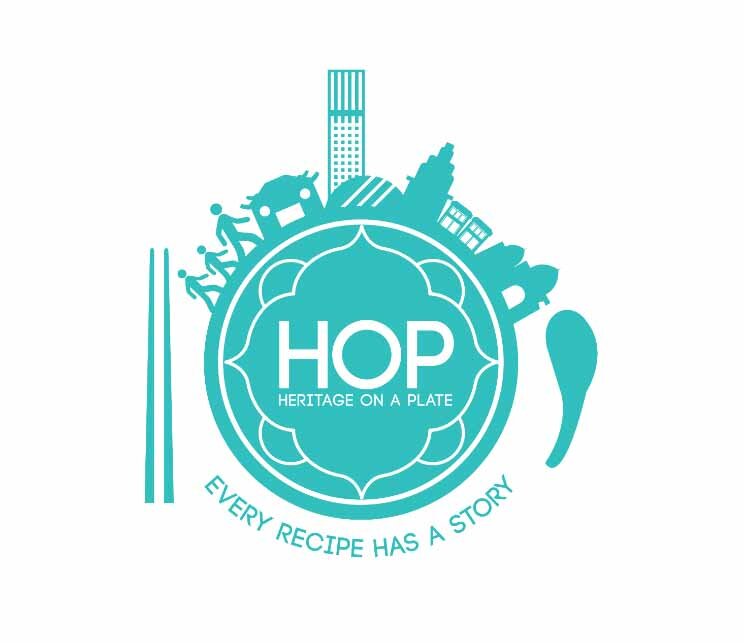Chai Kuey? Char Koay? Cakoi? A Brief-ish Guide
Hello, friends! This week we're going to look at a source of great childhood confusion and possible family feuds. The humble Chai Kuey. And also the Char Koay. You'll see what I mean later.
First contender: Chai Kueh
Chai Kueh is a savoury steamed snack of Teo Chew and Hakka origin. The sticky, translucent skin is made from rice flour and tapioca starch. The filling is usually comprised of turnip, and different vendors will add different ingredients to give it a little more zing. Common flavour ingredients are chives, carrots or shrimp.
You'll commonly find chai kueh at dim sum places or some Nyonya food places. This is probably due to the fact that it is Halal and mostly vegetarian. Therefore, Nyonya families kept this recipe as it could be served even if members had embraced Islam, or if they were staunch Buddhists. In addition, some Nyonya families have Hakka or Teo Chew heritage on their Chinese side. So, it was a practical and cultural consideration.
In Penang, Chai Kueh is often mistaken for the Hokkien Chinese churros-like fried bread, Char Kuey or Cakoi, which has a similar pronunciation. It may sound almost the same, but in reality they're both very very different things. Penang Hokkien language has assimilated many Malay and English terms and so Char Koay/Cakoi in Penang literally translates to "Fried Snack." It's most often served with a dip such as almond milk, or in soup dishes such as Bak Kut Teh. Here's an example of Cakoi being served with Chee Cheong Fun.
Whether you're looking for some Chai Kuey or some Char Koay, there are plenty of options for delicious snacks in Penang. Stay curious and you'll be suprised at what you can discover. Until next time, hope you enjoyed this story!


